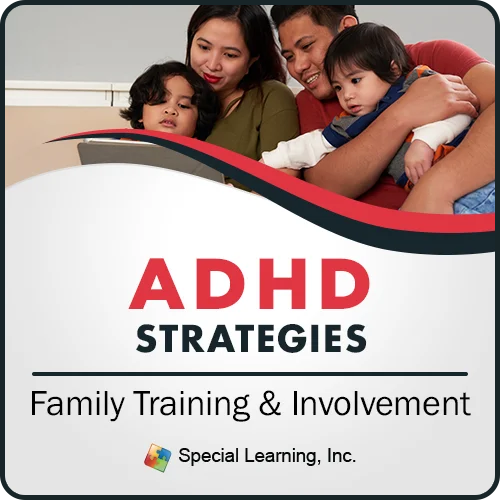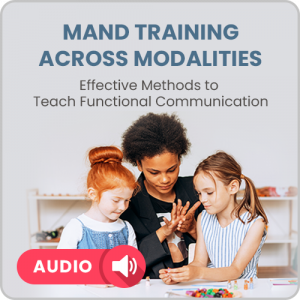Making an Application Folder (For Funding)
To apply for funds, you will need information about the treatment plan, the anticipated treatment cost for your child, information about your health insurance coverage, and other information to show that you meet the criteria for the provider of funds you are applying to.
It is important to know different funding providers’ criteria because each one is different. For instance, the National Autism Association provides grants to children with autism who are up to the age of 18, whereas the UnitedHealthcare Children’s Foundation limits eligibility to children who are 16 years of age or below.
To organize your funding application folder, you should have the following information:
Treatment Programs for your Child
Along with the application, you will likely need to send a letter from a doctor (M.D/D.O) describing your child’s medical health conditions, and how this affects your child’s life. The doctor will need to recommend some treatment therapies and any other medical services that your child will be requiring. The doctor’s letter should include reasons for the recommended therapies.
If the child has received therapy before, the letter should mention how effective they have been on your child. The doctor should also mention what kind of results are expected if your child undergoes the treatment.
You need to prepare a list of the treatment programs from which your child will benefit the most. In deciding which programs to recommend, consider your child’s current needs and how those needs will likely change over the next few years. Your child may benefit from a particular treatment at the present time; however, the same treatment may not be very beneficial later on.
Cost of Your Child’s Treatment
It is important that you have an idea about the costs that will be applied directly or indirectly in the treatment of your child. Behavioral programs like ABA may have an annual cost of $46,000 to $47, 500 per year. If done at home, behavioral intervention through ABA may cost $15,000 or more annually. Other therapies may charge various amounts, but most are over $12,000 per year.
Apart from actual treatment services, you also need to find out what the cost of medication, equipment, hospitalization, various supplies, and travel related to the treatments will be. Other indirect costs that may be eligible for coverage from a provider include education for your child, treatment of comorbid conditions, child care, and respite care.
Coverage of Your Health Insurance Plan
It may be difficult to deal with the way health insurance companies reimburse expenses and make payments to providers. However, the Autism Insurance Act of 2008 assures coverage in all health plans for diagnosis, various forms of treatments, medication, and services for individuals with autism who are up to the age of 21 years.
This provision covers some very important services, although it may have a limit of $36,000 per year for a child. In general, health insurance covers some direct costs like a diagnosis of autism and diagnosis of Secondary Baseline Disorders, such as sensory problems. Applied Behavioral Analysis, physical therapy, occupational therapy, speech therapy, and prescribed medication may also be covered. However, various equipment and environmental adaptations at home may be excluded from the coverage of your health insurance plan.
The provider will only pay for services and materials that will not be paid for by the child’s health insurance. Therefore, you need to let the provider know which items your health insurance plan does not cover. If your health insurance company is paying a part of the treatment cost, you need to mention that amount in your application.
If you are requesting funds for something your health insurance company does not cover at all, you may also be required to submit a letter as proof from your insurance company. Alternatively, you may submit a copy of the health insurance company’s handbook or the policy showing what is not covered.
Fund Application Criteria and Checklist
To determine if you are eligible to receive the financial assistance provided by a particular funding program, the provider will review your application, their criteria checklist, and the supporting documents you provide with your application. Some funding programs may only offer assistance to families in the low-income group. The age limit of eligible children for programs may also vary.
Funding should be applied for treatments that are most essential for your child, and you may need to submit documents from your child’s doctor and treatment providers to show your child needs a specific treatment plan.
Letter From Your Child’s Doctor
Along with the application, you may also need to send a letter from a doctor (M.D/D.O) stating your child’s medical health conditions, and how this affects your child’s life. The doctor will need to recommend some treatment therapies and any other medical services that your child will be requiring. The doctor’s letter should include reasons for the recommended therapies.
If the child has received therapy before, the letter should mention how effective they have been on your child. The doctor should also mention what kind of results are expected if your child undergoes the treatment.
Proof of Income and Dependent Status
The funding provider will often require you to submit the previous year’s IRS Form 1040 showing that your child is your dependent and not someone else’s. You need to give an account of your finances that include your monthly income and expenses and total assets like investment, bank accounts, 401 (k), and so on. After your application is submitted, the fund providers may still ask for further information from you to clear up any ambiguities.








